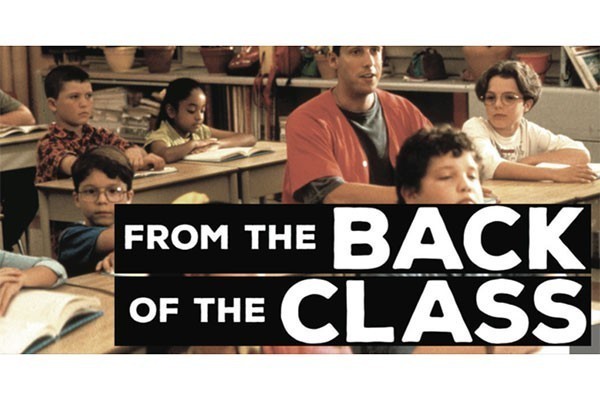A head of one of the world’s many religions died in the last fortnight with little international fanfare. Max Gesner Beauvoir was the spiritual leader of Haiti’s voodoo faith, a biochemist as well as a voodooist. Beauvoir became the Supreme Servitur in 2008.
Voodoo originated in Africa, but in 1510 the Atlantic slave trade began bringing grief and tragedy to the world and many unwilling Africans to the Americas. Among this forced tribal exodus were the Yorubas, the Dahomey and the Ewes, all of whom had well-established voodoo traditions, including snake worship and priesthood. In 1729, the Dahomey conquered their neighbours the Ewes and sold many into slavery in exchange for sweet European goodies. Ironically, many Dahomey and Yorubas were themselves kidnapped, and among all these slaves were voodoo priests. Within a generation of their arrival in the Americas, these priests had established temples and followings even while under captivity.
Religion, of course, can be not only a divisive force but a unifying one. Stolen from Africa and brought to the Caribbean, slaves were split from their tribes and often forcibly Christianised. Amid these broken tribes and families, many slaves found solace and unity in their ancient rituals. Voodoos believe in the existence of one supreme god, an abstract omnipotent, yet unknowable, force. Beneath this god lie spirits or Loa, who rule over worldly affairs such as family, harvest and justice and to whom offerings are made, with each Loa having a preferred day, colour, fruit and so on. Loa also exist within nature, for example as rivers, oceans and lightning.
Of course, upon the slaves’ arrival in the New World, their Christian masters weren’t too happy about this competing spirituality and tried to stamp it out. In French Haiti, the Catholics believed in a supreme god with saints who intercede or “talk to him” on behalf of mortals through the power of prayer. Voodoo practitioners quickly realised the parallels, and so a semi-substitution was made with the Loa often taking the names and attributes of Catholic saints. Voodoo practitioners also liked the elaborate ceremonies and costumes of Catholicism (who doesn’t), which they adopted and adapted for their own rites.
Voodoo is now an official religion of Haiti. Anyone seeking further misinformation should watch the 1973 Bond film, Live and Let Die.



